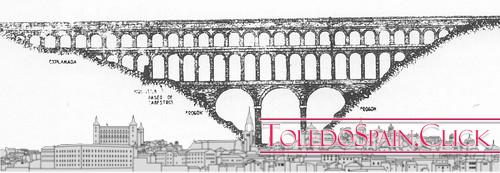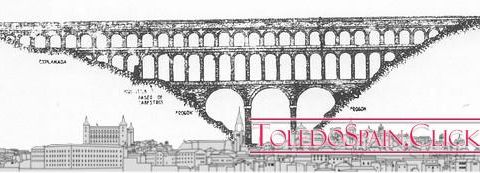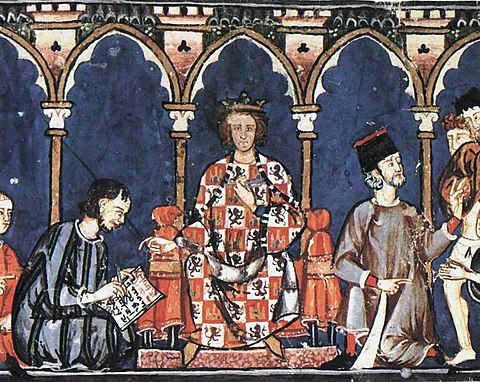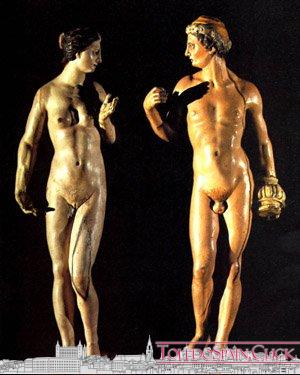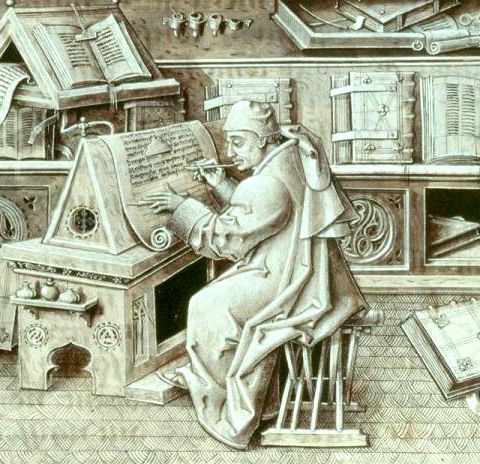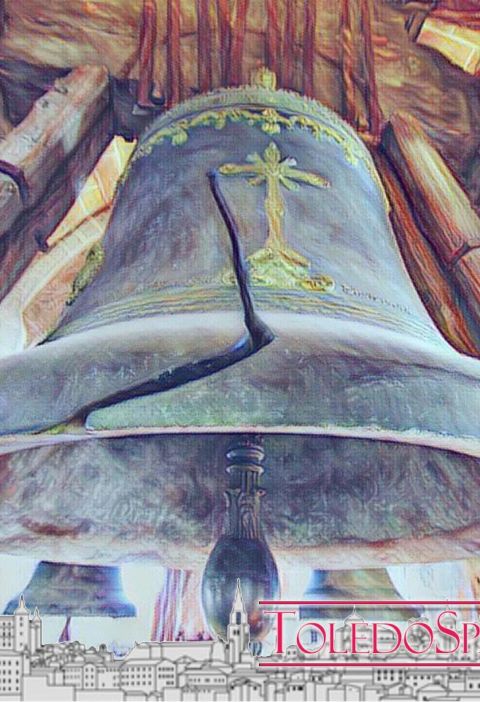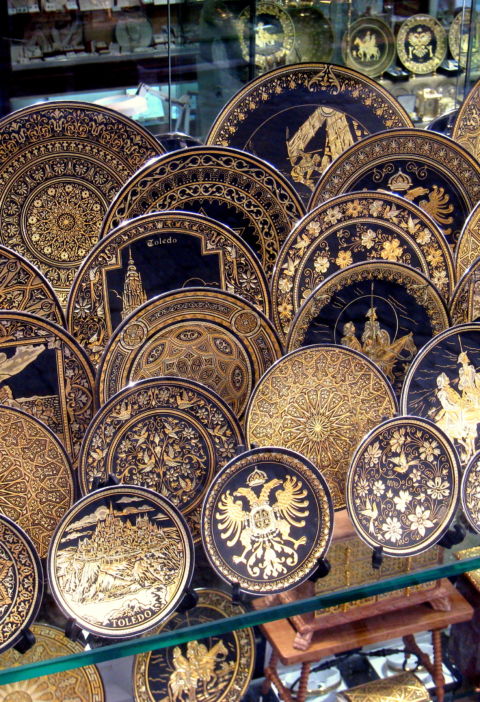From the first settlements in the Toledan massif, of important natural and above all strategic wealth, to the present day, as a city established as the capital of the autonomy of Castilla-La Mancha… We offer a brief summary of the history of our city combined with the best-known legends of each era.
History and Legends of the Very Noble City of Toledo
FIRST TIME
The first known fixed settlement in the city is a series of castros, on which the walled Celtiberian city was later built, one of the most important centres of the carpetanos. One of these first settlements is located in the “Cerro del Bú”, from which numerous remains have been obtained in excavations carried out, and which can be observed in the current Museum of Santa Cruz, in Toledo.
Legends from this period:
- The Cave of Hercules“>Cave of Hercules
Read more at this link.
ROMANIZATION
In 192 B.C., after great resistance, it was conquered by Marco Fulbio Nobilior. The Romans rebuilt the city and named it Toletum, which was linked to the Carthaginian province and developed an important iron industry that led it to mint coins. The area around the present city was of great importance in the Romanisation of the area, especially the banks of the Tagus, where numerous remains of Roman villas have been found. This village left numerous vestiges on the face of Toledo, among them an imposing aqueduct, destroyed in its entirety today…
Legends from this period:
- Santa Leocadia
- Tarpeya Rock
VISIGODA STAGE. CAPITAL.
After the first barbarian incursions the old walls were rebuilt with defensive objectives; in spite of this in 411 it was conquered by the Alanos, who were defeated by the Goths in 418. Once they had defeated their rival Agila, Atanagildo established his court in the city and later, with Leovigildo, it became the capital of the Hispano-Gothic kingdom and an archbishopric.
I’m sure you’ll also be interested in: La Puerta del Cambrón de Toledo
Related legends:
- The Enchanted Palace of Toledo (II)
- La Cava
MUSLIM STAGE AND RECONQUEST
In the year 711 it was conquered by Tarik and lost its capital (relationship with the legend of La Cava). The predominance of a large Mozarabic population turned it into a focus of continuous concern for Cordoba. In the ninth century it became an important kingdom of Taifa, which in 1085, with the entry of Alfonso VI into the city, passed into Christian hands. This king was condescending with the diverse communities of the city and granted own privileges to each one of the minorities, later refounded by Alfonso VII of Castile in the Jurisdiction of 1118.
This diversity of communities made it possible for the Toledo School of Translators to function exceptionally during the 12th and 13th centuries.
Legends from this period:
- Galiana
- Abdallah’s Wedding
- There go laws where they want kings
- Christ of Light
- The Bitter Well
- The Moorish King’s Rock
- The Stream of the Degollada
- Santa Casilda (a legend about the Alcazar of Toledo)
- The Palace of Galiana and Alfonso VI
- One night in Toledo
- The Alfaquí
MIDDLE AGE
During the Castilian civil war Toledo fought alongside Pedro I and, after suffering a long siege, it was taken in January 1369. Throughout the Middle Ages the city grew: in the 14th century it received fair privileges, and in the 15th century it became one of the main producers of Castilian cloth, an activity that was added to the existing ones of minting coins, manufacturing weapons, silk industry, etc. The Jewish population actively participated in this expansion.
Legends from this period:
- The Enchanted Palace of Toledo
- The Holy Child of La Guardia
- What happened to a dean of Santiago with don Illan, the magician of Toledo
- The Architect’s wife (Legend of the Bridge of San Martín)
RENACTION. TOLEDO, IMPERIAL CITY.
It was one of the first cities that initiated the War of the Communities, communalists like Lasso de Vega and Padilla are some of those that offered more resistance, this continued until the year 1522, moment in which Carlos V turned Toledo into center of his Empire.
The 16th century was one of its historical moments of maximum splendour, coinciding with the rise of the Castilian textile industry. The transfer of the state capital to Madrid in 1563 and the ruin of the textile industry marked the beginning of the decline of the prosperous city.
Legends from this period:
- Christ of the Vega
- Stick Man
- Virgen de Alfileritos
- The Christ of the Waters
- The Penance of Bishop Acuña
- The Zapatero and the Cardinal
- Hell’s Alley
- The Confessor Devil
MODERNITY
The constitution of the Real Compañía de Comercio y Fábricas, in 1748, provoked a brief resurgence of the city, but in the middle of the XVIII century it was again ruined, and reduced to merely administrative functions.
Legends from this period:
20th CENTURY AND NEWS
When the Spanish Civil War broke out, it remained faithful to the Republic, with the exception of the Alcazar, the place where one of the most dramatic events of the conflict took place. For months the fortress of Toledo suffered a continuous bombardment by the republican forces, leaving, once again, the fortress in a ruinous situation. During the government of the dictator Franco, it was rebuilt in its entirety, given the symbolic character for the regime.
- The ghost of the Alcazar of Toledo
Elected capital in the new State of Autonomies, Toledo is developing with great vitality a new stage of History.
There are many more legends published on our website since this article was published in May 2005. We invite you to browse the legends to discover what we have published since then.

